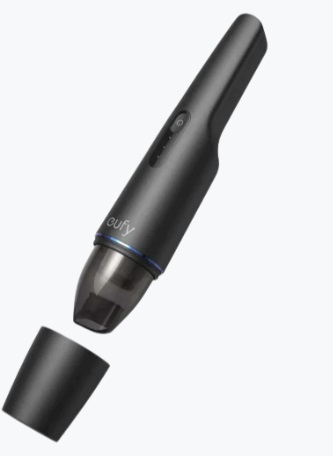Choosing the Right Shipping Box: A Comprehensive Guide
When it comes to shipping products, choosing the right type of box is crucial for ensuring that your items arrive safely and securely at their destination. With a plethora of options available, ranging from corrugated cardboard boxes to padded envelopes, it’s essential to understand the different types of shipping boxes and their ideal uses. In this guide, we’ll explore the various factors to consider when selecting the perfect shipping box for your needs.
1. Size Matters:
The size of your shipping box should be tailored to fit your product snugly without excess space. Too much room inside the box can lead to items shifting during transit, increasing the risk of damage. Conversely, a box that is too small may result in products being squished or compressed. Choose a box size that allows for adequate padding and protection around your items while minimizing unnecessary bulk.
2. Strength and Durability:
The strength and durability of a shipping box are paramount for protecting your items throughout the shipping process. Corrugated cardboard boxes are widely regarded as the gold standard for shipping due to their excellent strength-to-weight ratio. They consist of multiple layers of cardboard sandwiched together, providing superior resistance to crushing, punctures, and impacts. For heavier items or fragile goods, opt for boxes with higher corrugated flute profiles (such as double or triple wall) to ensure maximum protection.
3. Cushioning and Padding:
In addition to selecting a sturdy box, it’s essential to incorporate adequate cushioning and padding to protect your items from damage during transit. This can include bubble wrap, packing peanuts, foam inserts, or air pillows, depending on the fragility and shape of your products. Ensure that delicate items are securely wrapped and cushioned within the box to absorb shocks and vibrations during shipping, reducing the likelihood of breakage or deformation.
4. Weather Resistance:
Consider the potential impact of weather conditions on your shipment when selecting a shipping box. If your items are susceptible to moisture damage, choose boxes made from moisture-resistant materials or opt for waterproofing solutions such as plastic wrap or moisture-absorbing desiccants. Additionally, seal your boxes securely with high-quality packing tape to prevent water ingress during transit.
5. Eco-Friendly Options:
With increasing environmental awareness, many businesses are opting for eco-friendly shipping box options to reduce their carbon footprint. Look for boxes made from recycled materials or choose biodegradable packaging solutions that minimize environmental impact. You can also explore reusable shipping containers or lightweight alternatives that require fewer resources to manufacture and transport.
6. Consider Specialized Boxes:
For unique or irregularly shaped items, consider using specialized shipping boxes designed to accommodate specific dimensions or requirements. This can include telescoping boxes for long or narrow items, flat-rate boxes for cost-effective shipping options, or insulated boxes for temperature-sensitive products. By choosing the right box for your specific needs, you can optimize shipping efficiency and minimize excess packaging.
In conclusion, selecting the right shipping box involves considering factors such as size, strength, cushioning, weather resistance, eco-friendliness, and specialized requirements. By choosing boxes that are tailored to your products and shipping conditions, you can ensure that your items arrive safely and securely at their destination, minimizing the risk of damage or loss. Invest time and effort into selecting the perfect shipping box, and you’ll reap the rewards of satisfied customers and efficient shipping operations.




